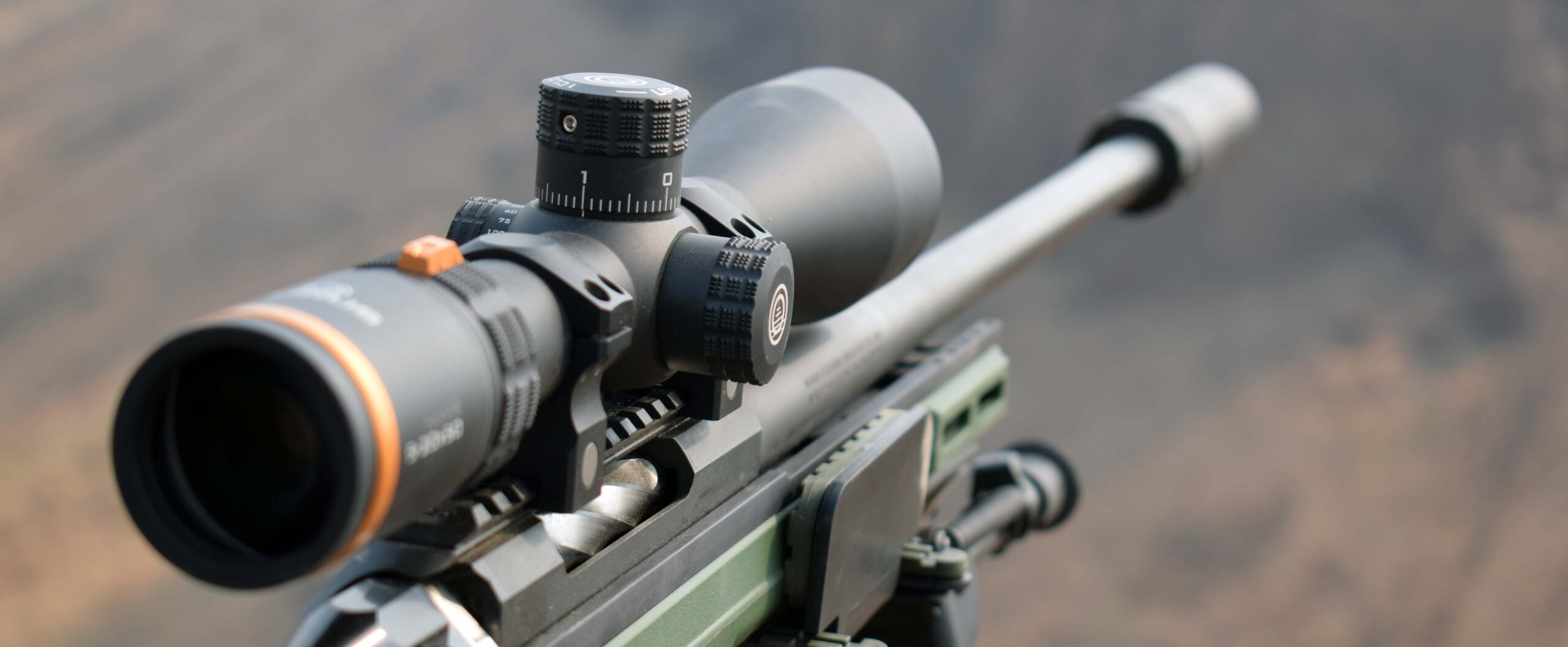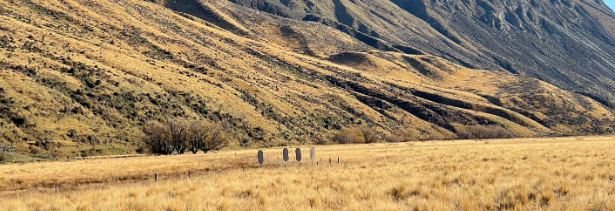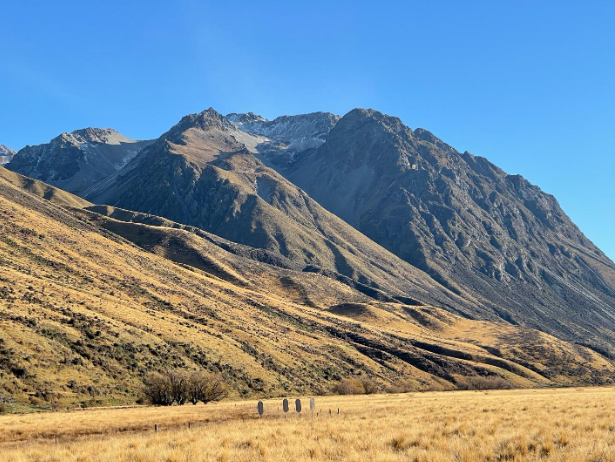Truing vs. Zeroing Your Rifle: Understanding the Differences

When it comes to precision shooting, two essential processes come into play: truing and zeroing your rifle. Both are crucial for accuracy, but they serve different purposes and involve distinct methods and gear to accomplish. Understanding the differences between these two processes can significantly enhance your shooting performance.
What is Zeroing?
Zeroing your rifle is the process of aligning your sights or scope with the point of impact of your bullets at a specific distance. This is typically the first step you take after mounting a scope. Here’s how it works:
1. Choose a Zero Distance: Commonly, shooters zero their rifles at 100 yards or meters, but this can vary based on your specific needs and shooting discipline.
2. Adjust Your Scope: Using a target at your chosen distance, you adjust the windage (left/right) and elevation (up/down) turrets on your scope until your point of aim matches the point of impact.
3. Confirm Zero: After initial adjustments, shoot a group of 2-4 shots to confirm that your bullets consistently hit the target at your zero distance.
What is Truing?
Truing is a more advanced process that involves fine-tuning your rifle’s ballistic data to match real-world performance. This ensures that your ballistic calculations are accurate at various distances. It is important to keep in mind that muzzle velocity and ballistic coefficient can vary from what manufacturers state on ammunition boxes. Truing typically involves:
1. Collect Data: Shoot at extended ranges and collect data on bullet drop and drift. The Horus Ballistics App provides range recommendations for collecting muzzle velocity and ballistic coefficient data. Your muzzle velocity data should be around a transonic velocity and your ballistic coefficient should be subsonic.
2. Update Muzzle Velocity: Sometimes, the measured muzzle velocity might need slight adjustments to align with observed impacts.
3. Adjust Ballistic Coefficients (BC): Modify the ballistic coefficients in your ballistic calculator to match the actual flight of your bullets. The Horus Ballistics App allows for simple and easy manual adjustments once your data has been validated. For more information on truing in the Horus Ballistics App, be sure to check out this video.
Key Differences
– Purpose: Zeroing aligns your point of aim with the point of impact at a specific distance, while truing adjusts your ballistic data for accuracy over a range of distances.
– Complexity: Zeroing is straightforward and usually the first step in setting up your rifle. Truing requires more detailed measurements and adjustments based on observed performance.
– Tools Needed: Zeroing primarily involves your rifle, scope, and a target at a fixed distance. Truing requires a ballistic calculator and a laser range finder for measuring and shooting at extended ranges. The HoVR™ Laser Rangefinder connects via Bluetooth to the Horus Ballistics App to automatically populate your range data.
When to Use Each Process
– Zeroing: Always perform zeroing first. It’s essential whenever you mount a new scope, adjust a scope, change ammunition, or notice significant shifts in point of impact.
– Truing: Use truing when you want to ensure your ballistic calculator’s predictions match real-world performance, especially for long-range shooting in different environments.
Conclusion
Both zeroing and truing are vital for precision shooting, but they serve different roles. Zeroing sets the foundation by aligning your sights with your target at a specific distance, while truing fine-tunes your ballistic data for accuracy over varying distances. By mastering both processes, you can significantly improve your shooting precision and confidence in hitting your targets at any range.


